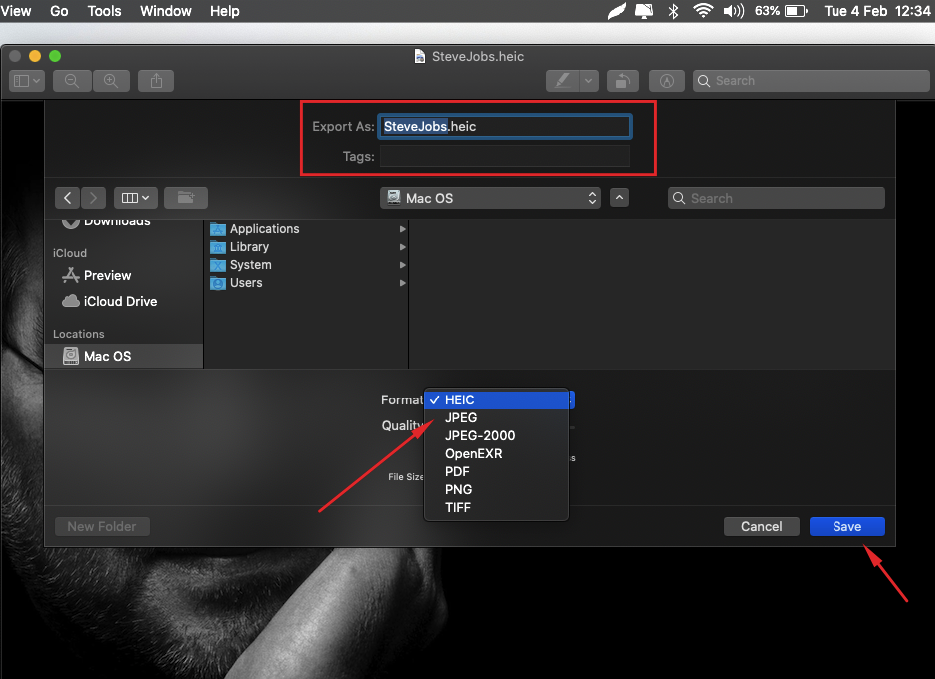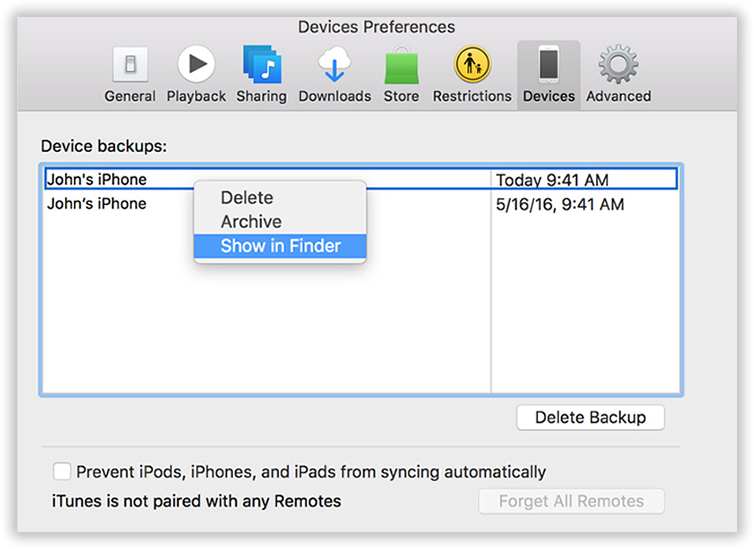How Can I Find Library On Mac
You can't run your code until all missing references are resolved.
This error has the following causes and solutions:
In addition, its special features include to-do list, in-app security filing, centralized document center, WYSIWYG form editing, profit-volume chat, and executive dashboard.These features facilitate a smarter workflow and provide business insights for managers to make real-time decisions. 
A referenced project could not be found, or a referencedobject library corresponding to the language of the project could not be found.
Unresolved references are prefixed with MISSING in the References dialog box. Select the missing reference to display the path and language of the missing project or library. Follow these steps to resolve the reference or references:
To resolve the references
May 30, 2019 Get the Library folder – Way 1. Open Finder window. Click Go in a Menu Bar → select Go to Folder. Or use the Cmd+Shift+G key shortcut. Type /Library and click Go in a dialog window. The required Mac Library folder will be shown. With the release of Mac OS X Lion way back in 2011, Apple removed easy access to the user’s Library folder. Although arguably well-intentioned, this change was frustrating for longtime Mac power. But rest assured, regardless of your version of OS X, your personal Library folder is right where it’s always been, at the root level of your Home folder. It’s just that, starting in Lion, and continuing in Mountain Lion, Mavericks, and Yosemite, Apple has made the folder invisible.
Display the References dialog box.
Select the missing reference.
Start the Object Browser.
Use the Browse dialog box to find the missing reference.
Click OK.
Repeat the preceding steps until all missing references are resolved.
Once you find a missing item, the MISSING prefix is removed to indicate that the link is reestablished. If the file name of a referenced project has changed, a new reference is added, and the old reference must be removed.To remove a reference that is no longer required, simply clear the check box next to the unnecessary reference. Note that the references to the Visual Basic object library and host-application object library can't be removed.
Applications may support different language versions of their object libraries. To find out which language version is required, click the reference and check the language indicated at the bottom of the dialog box.Object libraries may be standalone files with the extension .OLB or they can be integrated into a dynamic-link library (DLL) They can exist in different versions for each platform. Therefore, when projects are moved across platforms, for example, from Macintosh to Microsoft Windows, the correct language version of the referenced library for that platform must be available in the location specified in your host application documentation.
Object library file names are generally constructed as follows:
Windows (version 3.1 and earlier): Application Code + Language Code + [Version].OLB. For example: The object library for French Visual Basic for Applications, Version 2 was vafr2.olb. The French Microsoft Excel 5.0 object library was xlfr50.olb.
Macintosh: Application Name Language Code [Version] OLB. For example: The object library for French Visual Basic for Applications, Version 2 was VA FR 2 OLB. The French Microsoft Excel 5.0 object library was MS Excel FR 50 OLB.

If you can't find a missing project or library on your system, contact the referencing project's author. If the missing library is a Microsoft application object library, you can obtain it as follows:
If you have access to Microsoft electronic technical support services, refer to the technical support section of this Help file. Under electronic services, you will find instructions on how to use the appropriate service option.
If you don't have access to Microsoft electronic technical support services, Microsoft object libraries are available upon request as an application note from Microsoft. Information on how to contact your local Microsoft product support organization is also available in the technical support section of this Help file.
For additional information, select the item in question and press F1 (in Windows) or HELP (on the Macintosh).
Note

Interested in developing solutions that extend the Office experience across multiple platforms? Check out the new Office Add-ins model. Office Add-ins have a small footprint compared to VSTO Add-ins and solutions, and you can build them by using almost any web programming technology, such as HTML5, JavaScript, CSS3, and XML.
Support and feedback
Have questions or feedback about Office VBA or this documentation? Please see Office VBA support and feedback for guidance about the ways you can receive support and provide feedback.
Here's what you need
- Update your iPhone or iPod touch to the latest version of iOS, iPad to the latest version of iPadOS, or Mac to the latest version of macOS. On a PC, make sure that you have the latest version of iTunes for Windows.
- Subscribe to Apple Music or iTunes Match.
- Sign in to all of your devices with the same Apple ID that you use with Apple Music or iTunes Match.
- Connect your devices to the Internet over a Wi-Fi or cellular network. On a Mac or PC, you can also connect to the Internet using Ethernet.
Apple Music and iTunes Match availability varies by country or region. Learn what's available in your country or region.
Turn on Sync Library
With the latest version of iOS, iPadOS, and macOS, Sync Library is turned on by default. If you turned off Sync Library, you can turn it back on. Just follow the steps below for your device.
On your iPhone, iPad, or iPod touch
- Go to Settings > Music.
- Turn on Sync Library. If you don't subscribe to Apple Music or iTunes Match, you won’t see an option to turn on Sync Library.
If Sync Library is updating or turned off, you'll see a message at the top of the Library tab in the Apple Music app.
On your Mac
- Open the Apple Music app.
- From the menu bar at the top of your screen, choose Music > Preferences.
- Go to the General tab and select Sync Library to turn it on. If you don't subscribe to Apple Music or iTunes Match, you won’t see an option to turn on Sync Library.
- Click OK.
If you have a large music library, it might take some time to upload and sync your music library across all of your devices.
Mac Library Folder
On your PC with iTunes for Windows
In iTunes for Windows, iCloud Music Library isn't turned on by default. To turn on iCloud Music Library:
- Open iTunes.
- From the menu bar at the top of your screen, choose Edit > Preferences.
- Go to the General tab and select iCloud Music Library to turn it on. If you don't subscribe to Apple Music or iTunes Match, you won’t see an option to turn on iCloud Music Library.
- Click OK.
If you have a large music library, it might take some time to upload and sync your music library across all of your devices.
On other devices
If you subscribe to Apple Music, you can also access your music library — without having to turn on Sync Library — on other devices that support the Apple Music app.
If you don't subscribe to Apple Music
How Can I Find Library On Mac Computer
- If you only want to sync your existing music library across all of your devices, and not any music from the Apple Music catalog, you can subscribe to iTunes Match on your computer. iTunes Match lets you access your music library on any Apple device or a PC with iTunes for Windows.
- If you buy music from the iTunes Store, you can redownload your past music purchases on your Apple device or a PC with iTunes for Windows.
- You can also manually sync music from your computer to your iPhone, iPad, or iPod touch.
Need help?
- If you sign out of your Apple ID or cancel your Apple Music or iTunes Match subscription, you won’t be able to access and sync your music library on all of your devices. The original song files will remain on the device that they were uploaded from.
- Apple Music isn't a back up service. Make sure to back up your iPhone, iPad, iPod touch, Mac, or PC, so that you have a copy of your music and other information in case your device is ever replaced, lost, or damaged.
- You can have up to 100,000 songs in your music library. Songs that you buy from the iTunes Store don't count against this limit.
- If a song is grayed out, incorrect music plays, or you can’t access your music library, learn what to do.
Learn more
How Do I Find Library On My Mac
- Learn how to join Apple Music.
- Learn about the icons that you might see next to songs when you turn on Sync Library.
- If Sync Library is turned on, a song that you delete from one device is deleted everywhere.
- Learn what to do if songs in your music library are grayed out.